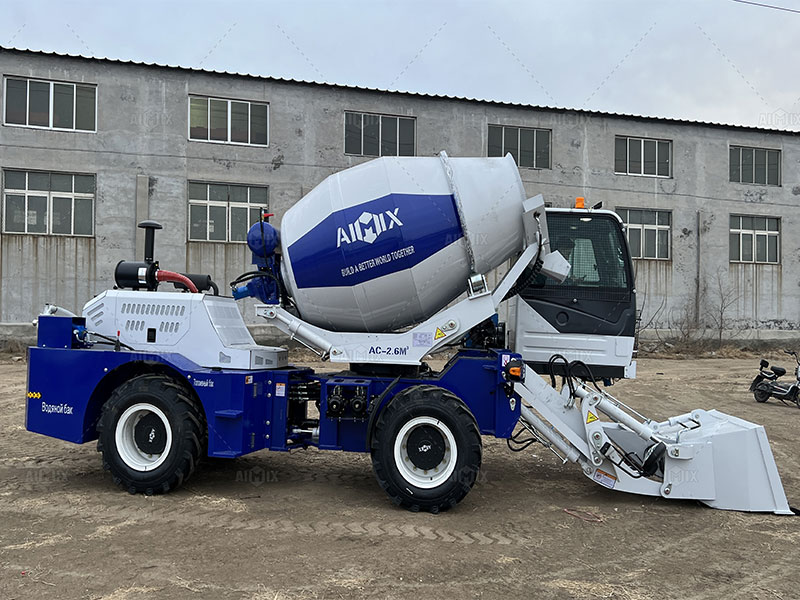The construction industry is known for its fast-paced and demanding nature. Efficiency, versatility, and innovation are key factors in ensuring that projects are completed on time and within budget. In this context, self-loading concrete mixers have emerged as game-changers, offering a versatile and efficient solution for on-site concrete production. In this article, we will explore the wide range of applications for self-loading concrete mixers in construction and beyond.
The Versatility of Self-Loading Concrete Mixers
Self-loading concrete mixers are a breed apart from traditional concrete mixers. These machines are designed to be self-sufficient, capable of loading raw materials, mixing concrete, and transporting it to the desired location, all in one self-contained unit. Their versatility and mobility make them suitable for a myriad of applications:
1. Construction Projects
Self-loading concrete mixers are a staple on construction sites, catering to a variety of construction needs:
Foundations and Footings: They are used for pouring foundations and footings, providing a consistent and readily available supply of concrete.
Building Construction: Self loading concrete mixers are used in the construction of residential and commercial buildings, including everything from walls to floors.
Roads and Highways: They are employed to create road surfaces, curbs, and barriers, ensuring the efficient progress of road construction projects.
Bridges and Tunnels: Self-loading mixers play a vital role in the construction of bridges, tunnels, and other critical infrastructure projects.
2. Remote and Challenging Locations
One of the standout features of self-loading concrete mixers is their ability to access and operate in remote and challenging locations. These machines are often the preferred choice for:
Remote Villages: They are used for infrastructure development in remote areas, providing access to essential construction materials.
Hilly Terrain: Self-loading mixers can navigate hilly and uneven terrain, making them suitable for construction in mountainous regions.
Isolated Islands: On islands or locations with limited infrastructure, these mixers ensure a consistent supply of concrete without relying on external sources.
3. Urban and Congested Areas
In congested urban areas, where space is limited and logistics can be challenging, self-loading concrete mixers shine:
Urban Redevelopment: They are ideal for urban redevelopment projects, where space constraints necessitate on-site concrete production.
Tight Spaces: Their compact size allows them to access narrow alleys and tight construction sites that are inaccessible to traditional mixers.
4. Rapid Construction
Self-loading mixers are renowned for their efficiency, making them well-suited for projects with tight schedules:
Emergency Repairs: In cases of infrastructure damage or emergency repairs, these mixers can quickly provide concrete, minimizing downtime.
Prefabricated Elements: They are used for the production of precast concrete elements, streamlining the manufacturing process.
5. Specialized Applications
Beyond construction, self loading concrete mixer trucks find applications in various specialized fields:
Mining: They are used in mining operations for projects such as creating support columns and tunnel linings.
Environmental Remediation: Self-loading mixers play a role in environmental cleanup efforts, such as capping and sealing contaminated sites.
Military and Defense: Military organizations use them for constructing temporary structures, airstrips, and infrastructure in remote locations.
Conclusion
Self-loading concrete mixers are versatile and efficient machines that have found applications in construction and beyond. Their ability to produce and transport concrete on-site, regardless of location or terrain, makes them indispensable for a wide range of projects. Whether it’s a construction site in a bustling city or a remote village in a distant corner of the world, self-loading concrete mixers have proven their worth in delivering quality concrete where it’s needed, when it’s needed. As technology continues to advance, these machines will likely play an even more significant role in shaping the future of construction and infrastructure development.


Comments
No comments yet. Be the first to react!